Some call them stabilizers, others training wheels, but the main question remains whether they are a rudimentary component in the modern era. Many, even professional cyclists, and probably learned how to ride a bike through training wheels.
You will also agree that training wheels simplify the entire process of learning to ride a bike, especially for timid kids. However, our observation, backed by concerns from parents, is that they are a source of confusion for kids.
We cannot force the balance bikes as an avenue of learning how to cycle on parents. One reason is that many families still prefer having their kids on bikes with training wheels and sometimes handles to make it safer for them.
Many parents have asked serious questions about training wheels, how they operate, their efficiency, and whether they need to remove them. In this article, we address the top concerns about training wheels and shed more light to help you make an excellent decision for your kids.
Our stand remains that skipping training wheels and using balance bikes as starter bikes instead then transitioning to the first pedal bike is the best way. But if you are a proponent of training wheels, we also have your concerns addressed here.
What are training wheels used for?
Stabilizers or training wheels refer to a pair of supporting proportional wheels that are fitted to either side of the rear wheel of a kid’s bike.
Training wheels assist in maintaining an upright position when on a bike at an early age. This is an important point because if you are after training your kid to maintain an upright posture, the training wheels have got you covered.
Training wheels also help timid learners master how to pedal and control a bike. In addition, since they are parallel to the rear wheel, the training wheels also train the learners to balance a bike.
Balance bikes or training wheels, which is better?
We insist that balance bikes are better than training wheels, and we have a valid reason for this.
First off, kids learn how to coordinate, balance, and control a bike using a balance bike. In this respect, kids transitioning from balance bikes to starter pedal bikes can ride independently, with minimal training on braking.
Balance bikes also allow kids as young as two years to enjoy riding a bike.
Balance bikes are also lighter, nimble, and fast, which offers kids versatility to explore different surfaces. Kids can coast around the estate, on lawns, curbs, go over jumps, and climb hills using balance bikes.
On the other hand, bikes with training wheels are often heavy and cumbersome. Only taller kids and kids ages 3+ years can ride them comfortably. Equally, such bikes make it hard for kids to corner. They are also challenging to use in inclined slopes as they can topple sideways. Still, they lack the versatility to roll on rough surfaces. When on softer grounds, the training wheels dig into the ground, hindering the movement of the kids.
The training wheels are also made from plastic material that makes a rattling noise that irritates kids and makes them hate bikes. Sometimes, the mounting brackets bend, making them uneven and thus cumbersome to use.
Finally, kids who graduate from balance bikes master pedaling faster – in a matter of few minutes.
Should kids skip training wheels for balance bikes?
If you are a caring parent, you should consider a balance bike over a kids’ bike with training wheels.
We recommend a balance bike as the safest and most efficient route to transition kids to their starter pedal bike without using training wheels. Experts in the cycling field agree with us.
As per the president of USA Cycling, Derek Bouchard-Hall, the invention of the balance bike has rendered training wheels obsolete. Besides, bike mechanics and consultants such as Sheldon Brown also note that training wheels are an obstacle to learning how to cycle, especially if they are too low, inhibiting proper braking.
Therefore, it is safe to say that even though stabilizers have their place, they are inefficient. Parents should try using balance bikes instead since they are better for kids learning how to cycle. It is okay to skip the training wheels for balance bikes.
Note: if your kid is one of those free-spirited, adventurous, confident, and athletic kids who master the art of balancing a bike faster or you want to invest in a bike they can grow with, you can consider skipping the balance bike altogether. But there are also balance bikes for kids as big as 4-6 years old.
If you choose to purchase a pedal bike, you can remove the pedals and make it a pushbike. Then, your kid can hone their balancing skills as they glide on the bike. Once they are competent enough, you can reattach the pedals and teach them to pedal. Quick and easy fix!
We have reviewed the best balance bikes for kids; you can have a look and decide.
The age factor – what age is best for training wheels?
Unlike balance bikes that allow kids as little as 18 months to be on bikes, kids choosing to ride through training wheels must be around 3-5 years. However, kids between 3 and 8 years old can ride bikes with training wheels depending on the bike's size and experience.
We have noticed that not even the size 12 bikes comfortably fit 3-year-old kids, even when they have training wheels. However, by their default design, same-size 12-inch balance bikes fit such kids better.
With the training wheels on, smaller bikes do not allow them to simultaneously touch the ground with both their feet when sitting on a bike, as does balance bikes.
There is never a specific age when training wheels should be removed. You can remove them when the kids learn how to balance a bike.
If training wheels are working well for your kid, you can use them to teach them how to ride pedal bikes. However, if they are a hindrance at any given age and your kid is almost giving up on cycling, consider buying a good balance bike for them.
Tips to get kids off training wheels
As we mentioned before, when teaching a kid how to pedal a bike, you can comfortably do so without using a balance bike or training wheels. You only need to remove the pedals of the best-fit bike and let it act as a balance bike.
You will need to lower the bike's seat to allow the young rider to stand over the bike while seated with both feet flat on the surface. They can learn how to scoot, run, and glide on the bike with the position.
Once the kid masters balancing and control, you can reattach the pedals and have them practice pedaling independently.
Equally, you can avoid training wheels by purchasing the right-size balance bike for your kid.
Here is a detailed video on converting a pedal bike to a balance bike.
Are there aftermarket training wheels for kids’ bikes?
Not all kids’ bikes, be it 12”, 14”, or 16”, will have training wheels in the packaging. Sometimes, it is incompatible between the bike and training wheels.
This only means that you should check with the manufacturer whether the specific bike is compatible with training wheels. Our observation shows that most budget-friendly bikes will be compatible with training wheels thanks to their long rear axles. However, the higher-end kids’ bike brands have a shorter rear axles, leaving no room for attaching training wheels.
If you confirm that your kid’s bike is training wheels compatible, you can resort to purchasing heavy-duty training wheels. They are heavy-duty because their arms have an angular stabilization bar that ensures they never bend once adjusted to a good height. Check out the FORTOP, WIOSEIOC, Little World, Geminiman, and HUWAY heavy-duty bike training wheels.
If you need training wheels compatible with large bikes, such as size 20-inch or 24-inch, you can opt for unique training wheels that attach to the bike's frame, such as the CyclingDeal Adjustable Adult heavy-duty training wheel. Be sure to check the weight limits on your specific training wheel brand, as weight limits vary across brands. The frame-mounted training wheels' rationale is that they do not affect gearing, which is why most 20” and 24” bikes will have the training wheels attached to their frames. The aim here is to avoid interrupting the functionality of the rear derailleur.
You must note that the training wheels can also wear out and probably need replacement. If that is the case, consider the heavy-duty brands if you are a diehard fan of training wheels.
Toys & Books are fun in a 5-minute video that shed more light on installing and adjusting training wheels on a kid’s bike.
Should training wheels be uneven?
When we talked to bike mechanics, they said that when training wheels are too low, too much weight is taken off the rear wheel, making braking difficult.
This means that the positioning of training wheels should be efficient enough not to hinder kids from riding their bikes.
By default, training wheels should be set slightly above the rear wheel. The arrangement is crucial because when the training wheels and the rear wheels all touch down at a go, it would be challenging to keep the weight on the bike's rear tire. In this case, braking becomes difficult, as we mentioned before.
This explains why most bikes with training wheels come with coaster brakes that activate by backpedaling rather than handbrakes.
Always ensure the training wheels are slightly raised to allow the kid to pedal back and forth as they ride the bike. In addition, the rear tire should take on much weight to allow braking.
If the training wheels are raised too high, do not encourage kids to learn how to balance, complete removal does.
Therefore, training wheels must be set at even heights, slightly above the rear wheel. The rider will feel as though they are tilting to one side at this position, which teaches them how to balance the bike. Furthermore, the tilting, thanks to the even height of both training wheels, allows the child to stay upright, which helps some children find a good posture to maintain a balance on the bike.
Are there bikes that come with pre-installed training wheels?
Yes, a range of pedal bikes come with pre-installed training wheels. We have bikes such as the
- RoyalBaby kids’ bike,
- Schwinn Elm Girls bike,
- Schwinn Koen boys’ bike,
- Cycmoto Flower Girls Bike,
- NiceC BMX bike,
- Mongoose Switch BMX Bike, and
- Joystar Angel Girls bike.
You can choose size 12” to 16” and 18” bikes with training wheels fitting kids from 3-9 years.
Check out our reviews of 12-inch and 14-inch, 16-inch, and 18-inch bikes.
If you are going for an aftermarket training wheel installation, ensure that the manufacturer has given an okay.



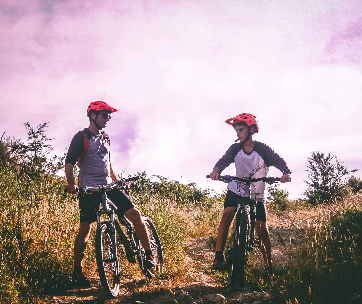

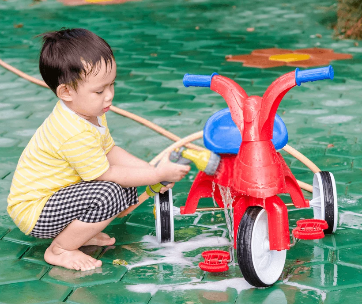
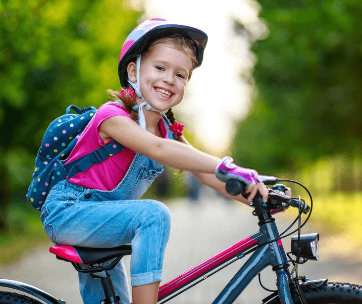
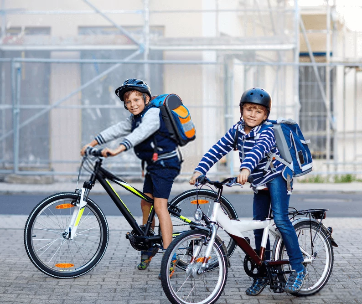
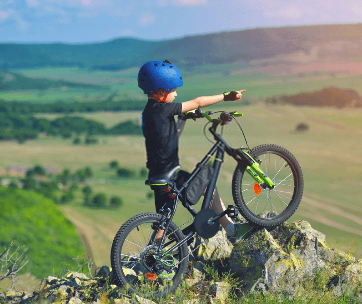

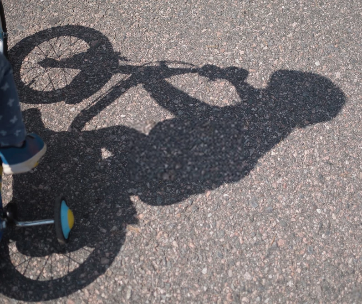

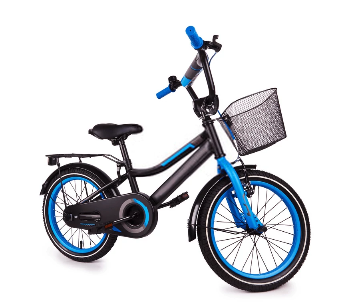

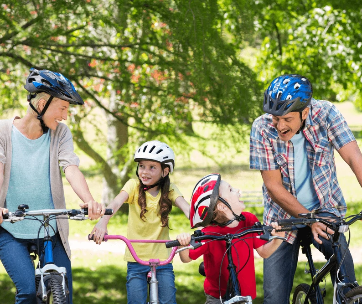
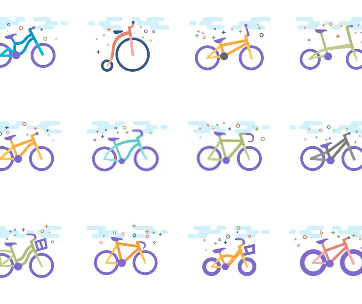




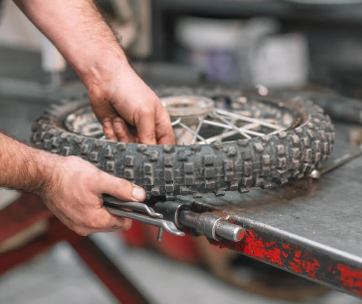
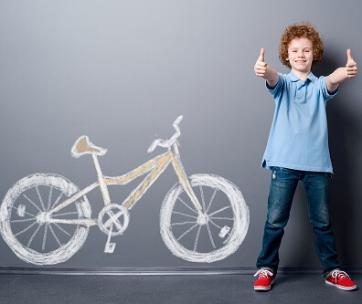
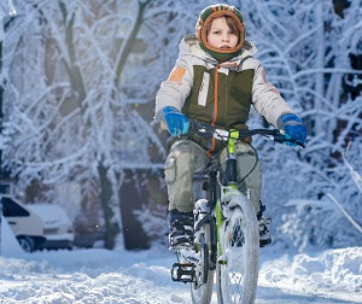


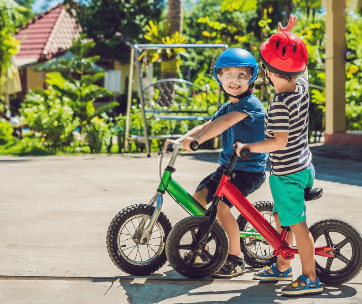
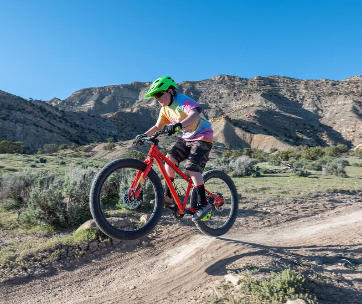
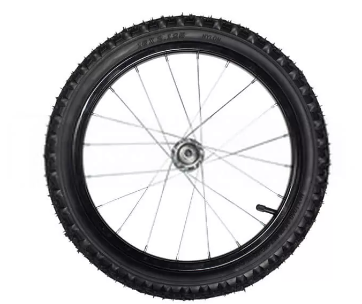
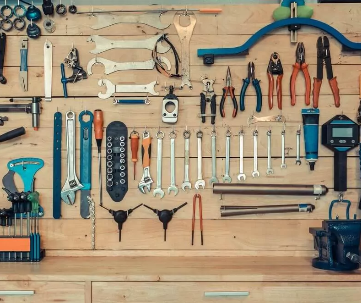
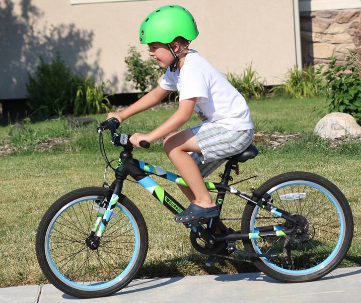
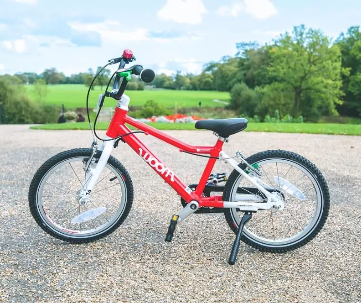
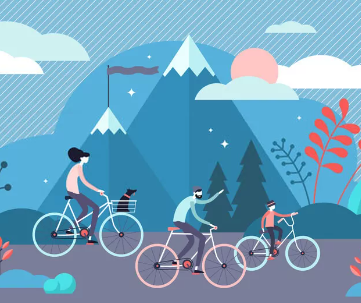
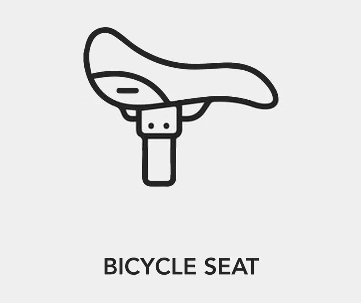
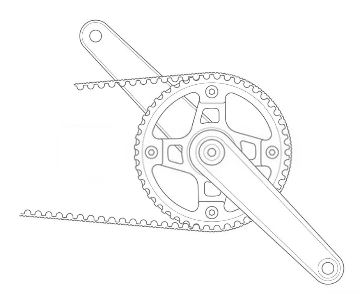
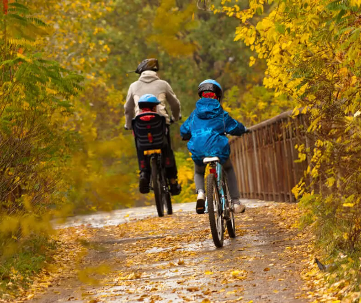
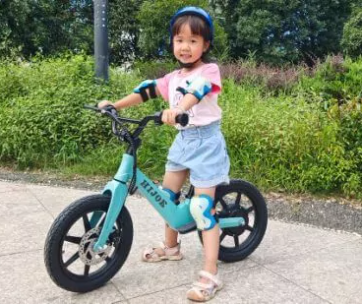

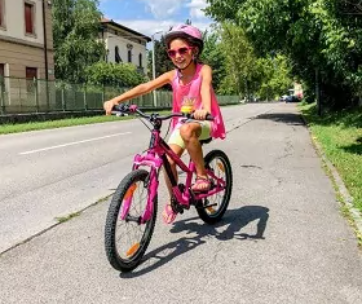
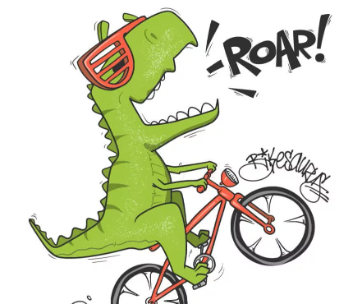
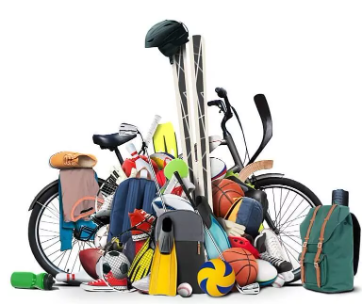
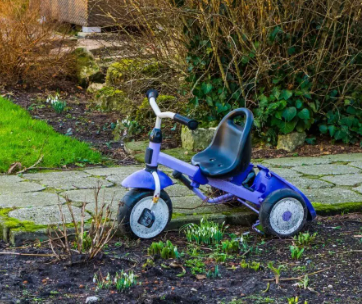
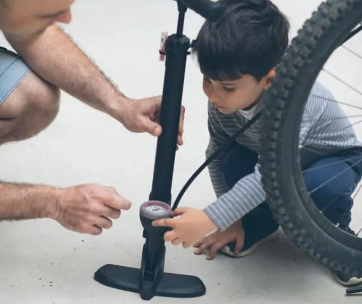
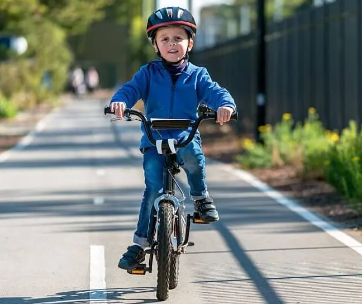
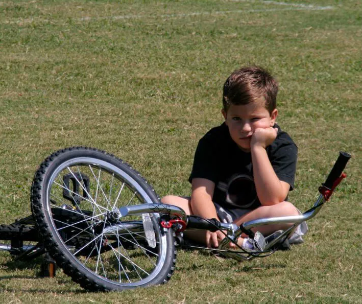
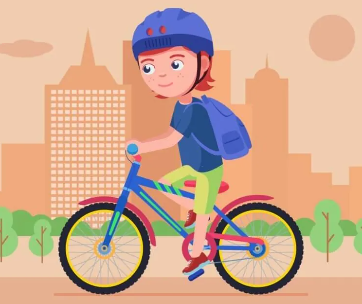
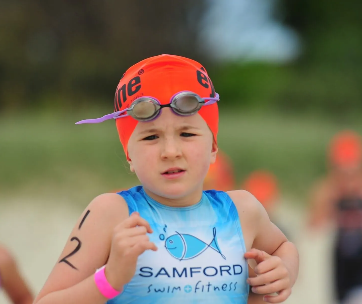
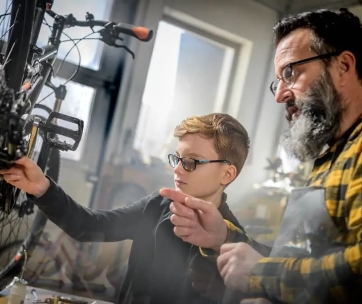

Comments